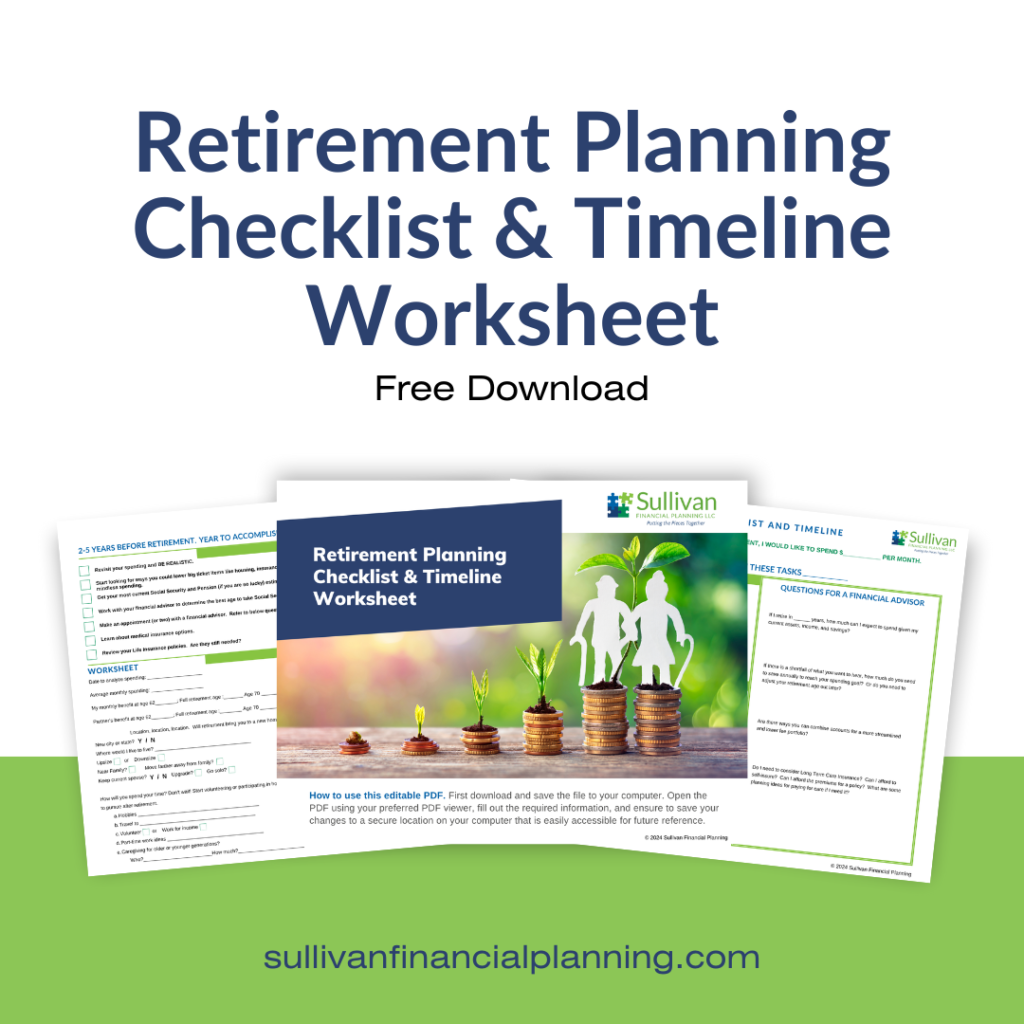You may have heard of Bill Bengen’s 4% rule for retirement withdrawal. Through back testing and calculating and thinking really hard, Mr. Bengen concluded that a retiree could start taking 4% out of investments and have his/her nest egg last through a 25-year retirement. This assumes the retiree will need to increase withdrawals over time for inflation and kind of low market returns.
While there is some controversy around the accuracy of the 4% rule (even Bill Bengen himself says the number could be higher; but then Morningstar says it should be lower), it is a helpful rule of thumb.
As a financial planner, I use the 4% withdrawal estimate when working with younger clients. As a parent of young adults, you could do this too.
Say your daughter Bathsheba would has just graduated from college and landed her first job. Yay, Bathie! She wants your advice on how much money she will need to have saved for retirement. It’s a big question, but you can start motivating to save with a simple calculation.
First, how much would you like to spend in retirement? It’s impossible for a twenty something to know but start with 2x what they make now. So, they are making $50,000 today, will want to spend $100,000 in the future.
If Bathsheba retires in her mid-60s, she can use the 4% rule. $100,000 divided by .04 = $2,500,000. That is her retirement nest egg goal.
Now if you are 55 years old and want to know if you are on track to retire at 62, that’s the time to engage a financial planner to walk you through some software and get more specific on the projections.
Here’s the funny thing; Very often, after I’ve gone through the fancy software and entered all the variables (Social Security, pension, inheritance, extra travel budget, inflation, volatile markets, part time work) the optimal withdrawal amount given by the system is, you guessed it, 4%!
So, is Bill Bengen’s 4% rule the first and last word on retirement income? No, but it does help with long range planning for young adults and basic context for near retirees.



